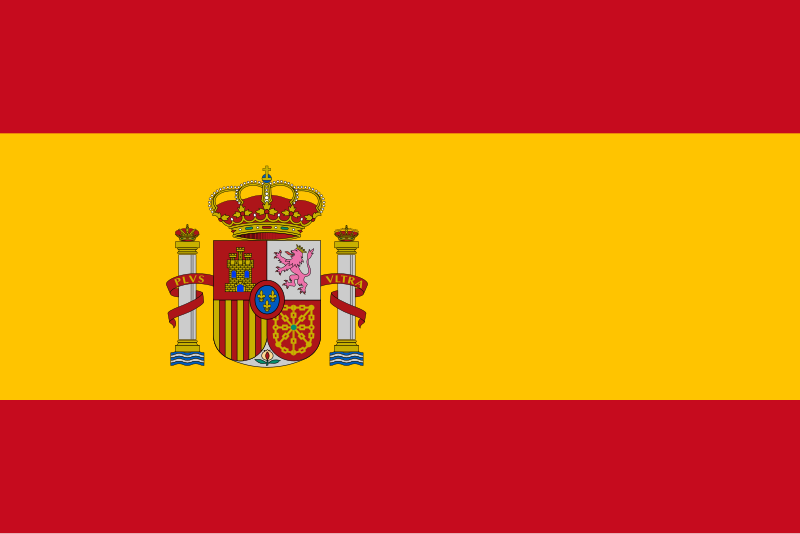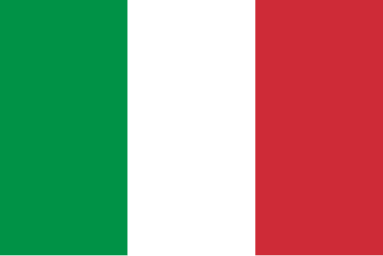Textile recycling is the process of converting used or discarded textile products into new products or raw materials. Recycling textiles helps to reduce the amount of waste that ends up in landfills and conserves natural resources by reusing materials that would otherwise be discarded. Here are some common textile recycling processes:
-
Mechanical Recycling: In mechanical recycling, used textiles are sorted by color, fabric type, and quality. The fabric is then cleaned, shredded, and spun into new yarns. These yarns can be used to make new fabrics or other textile products.
-
Chemical Recycling: Chemical recycling involves breaking down textile waste into its chemical components, which can then be used to produce new materials. This process is more complicated and expensive than mechanical recycling but can be used to recycle a wider range of textiles, including mixed fabrics and synthetic fibers.
-
Upcycling: Upcycling is a form of textile recycling that involves taking discarded textile products and repurposing them into new products. This can include creating new clothing, accessories, or home décor items.
-
Closed-Loop Recycling: Closed-loop recycling is a more sustainable form of textile recycling that involves creating new products from recycled textiles without any waste or emissions. This process uses a closed-loop system in which textile waste is broken down and transformed into new products without any pollution or waste.
Textile recycling has many benefits, including reducing the amount of textile waste that ends up in landfills, conserving natural resources, and reducing the environmental impact of textile production. By recycling textiles, we can help to create a more sustainable and circular economy that uses resources more efficiently and reduces waste.
 Português
Português
 Français
Français
 Español
Español
 Deutsch
Deutsch
 Italiano
Italiano
 English
English

